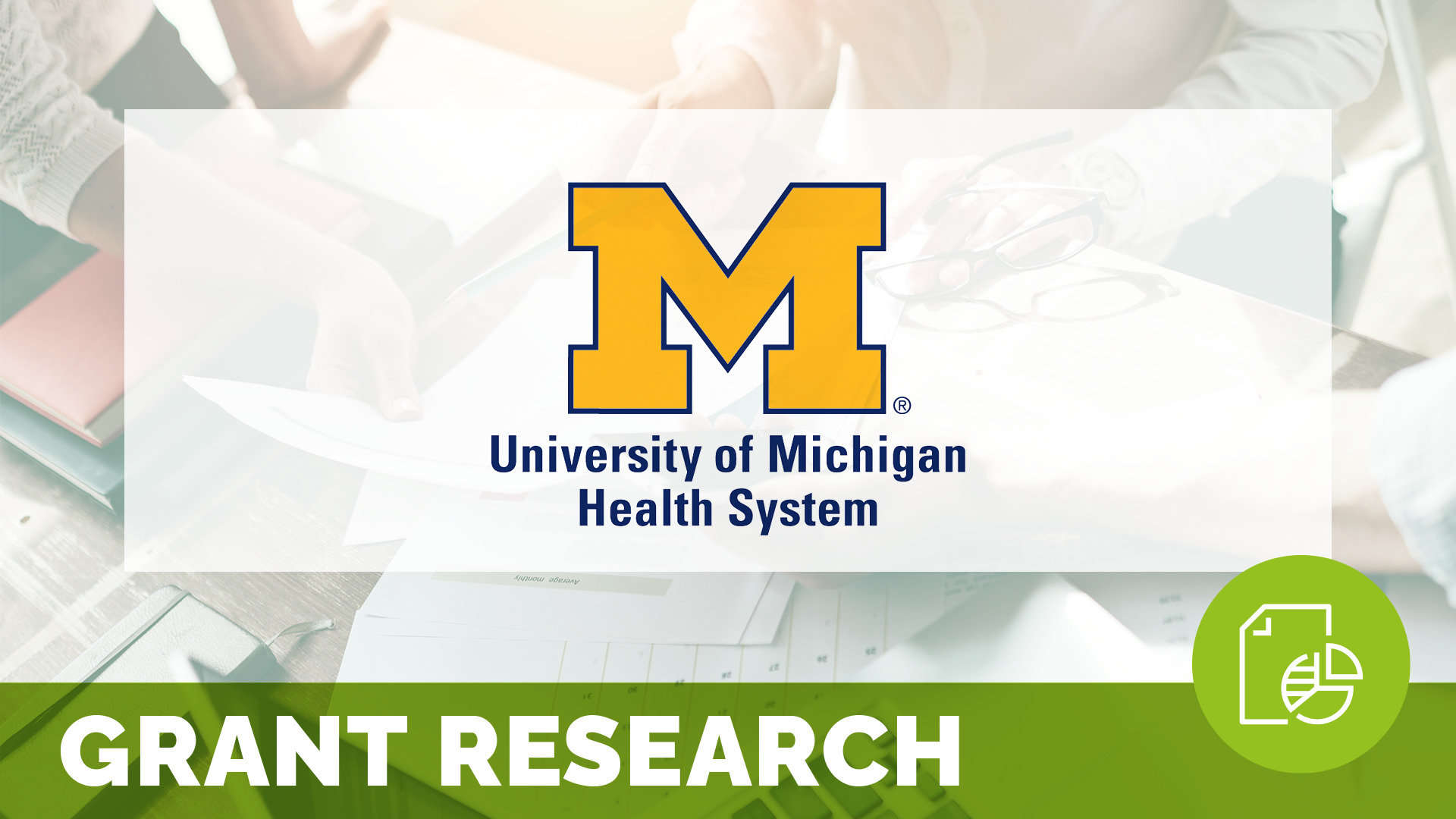The Interdisciplinary Model: An Effective Approach to Patient Family-Centered Healthcare at a Tertiary Care Specialty Brachial Plexus Program

University of Michigan’s Neonatal Brachial Plexus Palsy (NBPP) Program was designed with the vision and mission to better the lives of patients with NBPP and to provide the best interdisciplinary care through collaboration, teaching and innovation while employing the principles of patient family-centered care. This study surveyed fifty NBPP patients and families to evaluate the program’s strengths, weaknesses and opportunities for improvement of patient experience in caring for NBPP patients.
Related content
-
 Innovation & Technology | Patient Family & Community Engagement
Innovation & Technology | Patient Family & Community EngagementBuilding Trust in Healthcare: Insights from UAB Medicine’s Humanistic Care Study
Join Chris Brainard, Associate Vice President at UAB Medicine, and Amber Maraccini, VP of Healthcare Executive Advisory at Medallia, for a fireside chat on UAB’s innovative strategies to build trust in patient care. Explore how provider behaviors—like listening patiently and showing empathy—improve trust, outcomes, and patient experiences. Learn about the Medallia-Arnold P. Gold Foundation Humanism
Learn more -
 Patient Family & Community Engagement
Patient Family & Community EngagementCancer Partnerships Hub (CPH) Model: Implementing an Organizational Innovation to Enhance Engagement of Patient-Partner in Cancer Care Services
Patient partnership is rapidly becoming a cornerstone of effective care, with healthcare professionals recognizing the immense value of collaboration. This case study delves into the innovative Cancer Partnership Hub (CPH) model implemented at the Integrated University Health and Social Services Center of East Montreal Island (CIUSSS-EMTL) in Quebec, Canada. The CPH model exemplifies the integration
Learn more -
 Patient Family & Community Engagement | Quality & Clinical Excellence
Patient Family & Community Engagement | Quality & Clinical ExcellenceOur Journey to Improving the Experience of Patients 65+
Join us for a panel discussion on enhancing patient experience for patients 65 and older. Experts will explore key population statistics, care challenges, and insights from consumer feedback to better understand patient needs. Learn strategies to improve communication clarity and address What Matters Most at every stage of care. Panelists will share lessons from a
Learn more
